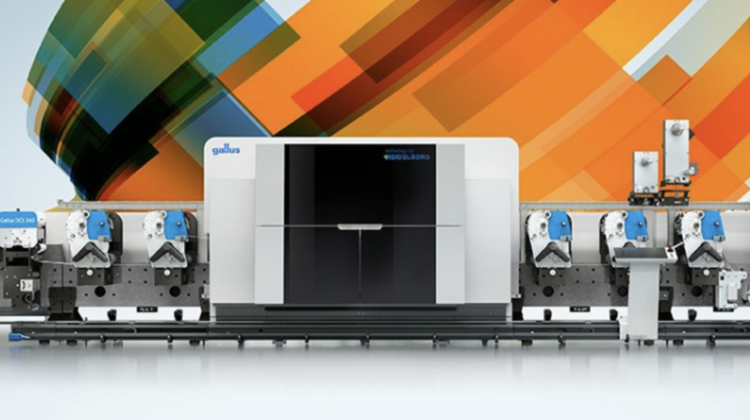
Growing at a CAGR of 13.2%, the Hybrid Printing Market is projected to climb from $5.5 billion in 2023 to $10.2 billion by 2028, according to a new report by MarketsandMarkets™. The growth of the hybrid-printing market is driven by the adoption of high-quality printing in labels and packaging and the surging adoption of personalized printed materials.
The UV inkjet printing segment held the larger market share in 2022. UV inkjet offers several advantages over other printing technologies, including speed, flexibility, durability, and cost-effectiveness. The UV inkjet printing technology has gained popularity due to its ability to print on various substrates, including plastics, glass, and metals. UV printing is often used in hybrid printing setups to provide quick curing times and vibrant colors. For example, LG uses UV inkjet printing to print the logos on its refrigerators. This change was made to improve the color vibrancy and durability of the logos.
The paper segment held the larger market share in 2022. Paper proves advantageous as a substrate for hybrid printing in food & beverage, pharmaceutical, and cosmetic packaging due to its lightweight, flexible, and economical nature. Initial conventional printing establishes the base design, followed by digital printing for high-quality, full-color imagery. This approach harmonizes the cost-effectiveness and malleability of paper with the precision of digital printing, which can be ideally used for wide range of products. It offers lightweight, customizable, and recyclable packaging, underscored by exceptional print quality, catering to environmentally conscious consumers.
The label printing application segment is expected to grow at a high CAGR in the hybrid printing market during the forecast period. Label printing is a cutting-edge solution that delivers high-quality labels on various substrates, widely adopted across the food & beverage, pharmaceutical, cosmetics, and consumer goods industries. The advantages include visually appealing labels, substrate versatility, cost-effectiveness for large quantities, swift production, and effective branding for customer engagement. It reinforces brand presence and efficiently conveys crucial product information, making it indispensable for businesses targeting their audience and driving sales.

